Dear Healthy Jew,
During our nightly Healthy Jew class at Yeshivas Lev Hatorah, we often walk through Natural Israel. We watch the shadows, listen to the noises, and, of course, touch and taste whatever edible plants we happen upon.
But last week there weren’t many plants to forage: the winter rains have started in earnest, so the thick annual underbrush is rotting, together with whatever seeds and fruits remain on the trees and bushes.
At some point, we stopped on a dark hilltop to smell thousands of rotting plants. It’s not a bad smell, just wet and earthy. Some guys found it almost sweet.
These aren’t the best days for long journeys through Israel’s natural world (even if there wasn’t a war going on). Now is the time to gather around the fireplace, look deep inside its flames, and nurture the fire of our souls.
The Cotyledon’s Story
The Land of Israel is dying, like it does every winter. But as with all death in God’s world, new life is beginning.
Some of the rotting foliage we smelled was seeds, and many of those seeds were mixed into the muddy earth. Deep inside those rotting seeds, two tiny harbingers of hope slowly unfold, race upwards to the surface, unfurl their little green banners of life, and take a deep breath of sunlight.
These seeds-turned-leaves are called cotyledons, and usually look different than the the leaves that come after them. After all, they are part of a rotten seed that fell from a dead plant. Cotyledons bridge the gap between death and life.
Cotyledons are often smooth, rich green, thick, and deliciously juicy. Loaded with the seed’s nutrient pack, they are also extremely nutritious.
Within a day, two regular leaves sprout from between the two cotyledons, usually bearing features of the newborn plants, allowing foragers to identify and gather the first 4-leaved sprouts of the new year.
Meet the Milk Thistle

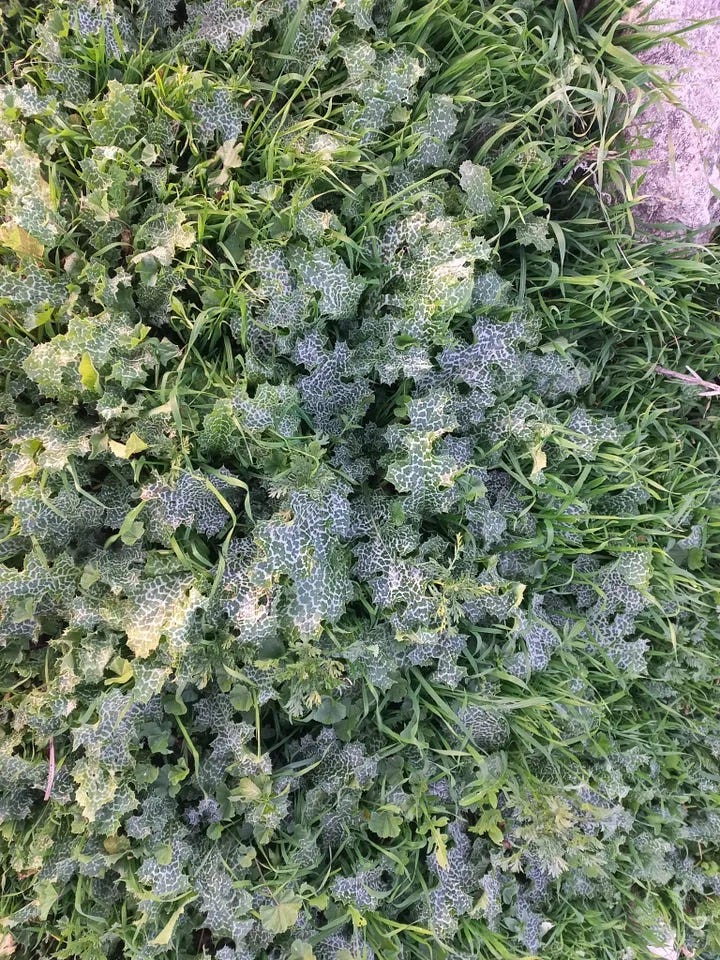
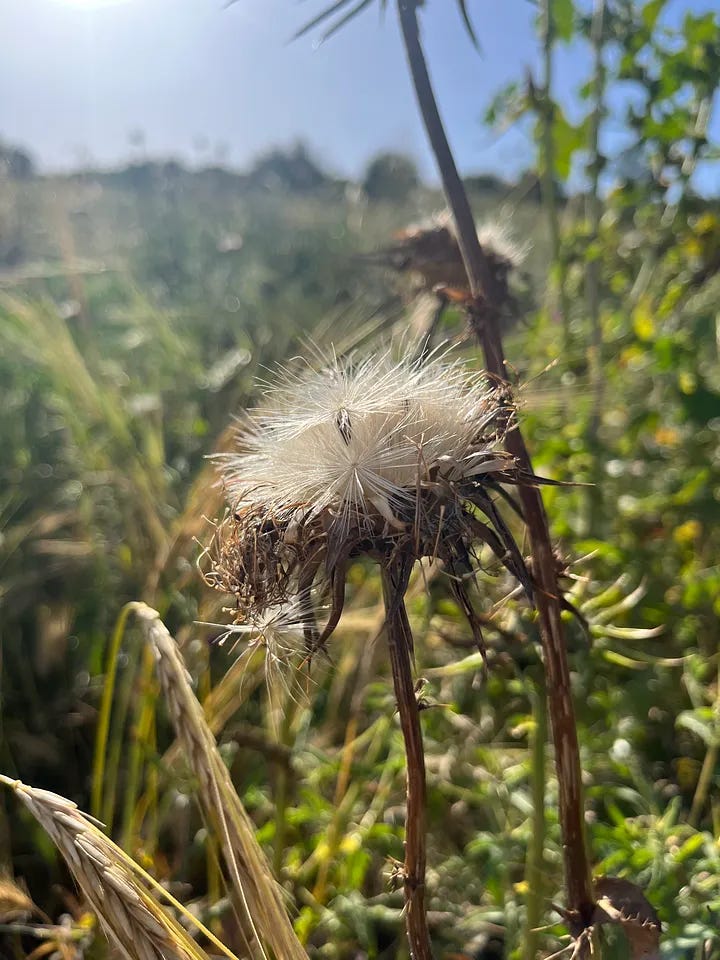
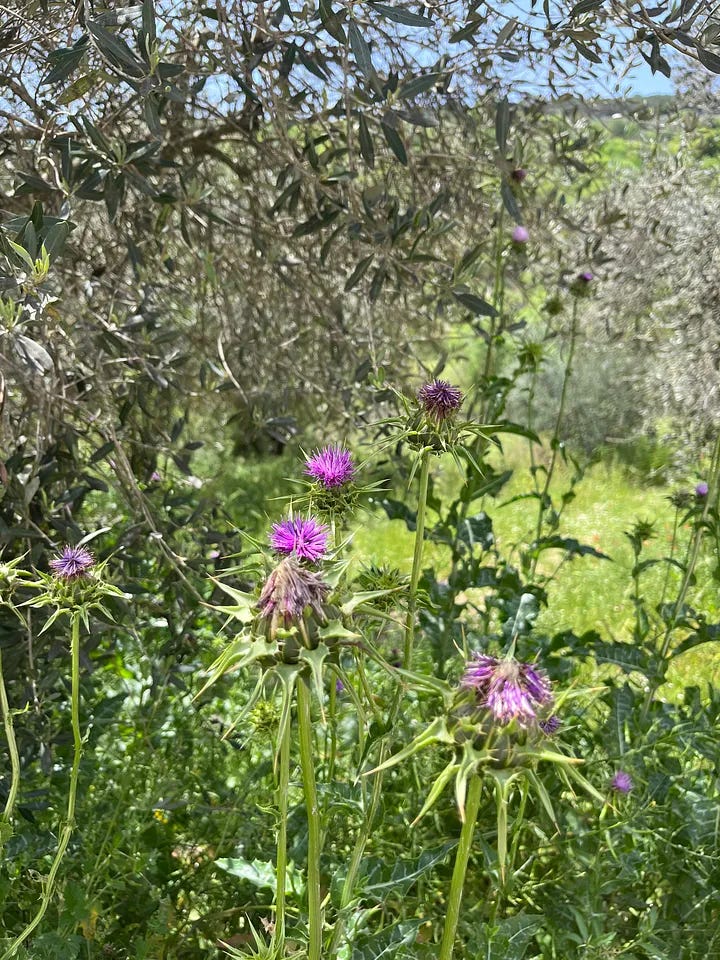
One of my favorite edible sprouts to forage these days - and one of the most common in the Land of Israel - is milk thistle. On many hillsides, the sprouts are so concentrated that we don’t worry at all about thinning their ranks. A few hundred from many tens of thousands won’t harm anyone.
When spring arrives, this annual will reach the height of a person, lining thousands of roads and trails with its trademark purple flower. The purple flower strands then morph into white hairs, each bunch holding onto a seed.
The seeds are then ready to fly away, holding tightly onto their white sails. The poor thistle is left with a gaping hole in its prickly head.
Milk thistle seeds have been used for millennia as a remedy for liver and digestive ailments. And clinical studies might agree. A compound found in the inner skin of the seed, silymarin, is being explored for potential liver-regeneration capabilities.[1] (Of course, talk with a qualified professional before taking milk thistle or any medicinal herb.)
The Thistle’s Demise
Over the hot summer months, long after the seeds were sprinkled over the dusty earth, the thistle is often beheaded – by the wind or a goat or you or me - and the parched plant begins to crumble.
Not much is left by the time the rains come and turn it into the rotting mess that our Healthy Jews smelled last week.
Throughout it all, the seeds patiently sit, quietly working their way underground. When the rains come, they turn death into life with their little cotyledons. Because the cotyledons are part of the seeds, they might just have some silymarin.
The Cotyledons Within You
Israel’s cotyledons carry a message for our troubled times.
The death around us is real. We are rotting. But death and rot aren’t the end of the story, because in God’s world, death heralds new life.
With death and pain everywhere, we can look for the cotyledon inside us. Buried under the worry and sorrow, tiny sparks of faith and joy can unfurl, shoot upwards, and drink in the sunlight of the spirit.
So if you feel now like a hopeless, rotting seed, remember your cotyledons. Look outward to other people; look upward to God. The world and its Creator are here to help you turn death to life.
“Who is like You, the Master of Powers, and who compares to You, the King who gives death and life, and sprouts salvation. You are trusted to revive the dead.” (Amidah prayer)
Thank you for reading Healthy Jew.
Here are 2 great paths to continue the journey:
Also check out this intro and index to explore hundreds of posts about our 3 Healthy Jew topics: Wellness with Wisdom, Land of Life (Israel), and Sensible Spirituality.
Finally, always feel free to reach out here with any comments, questions, or complaints:
I look forward to hearing from you!
Be well,
Rabbi Shmuel Chaim Naiman

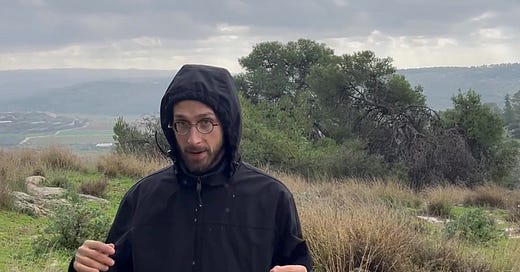


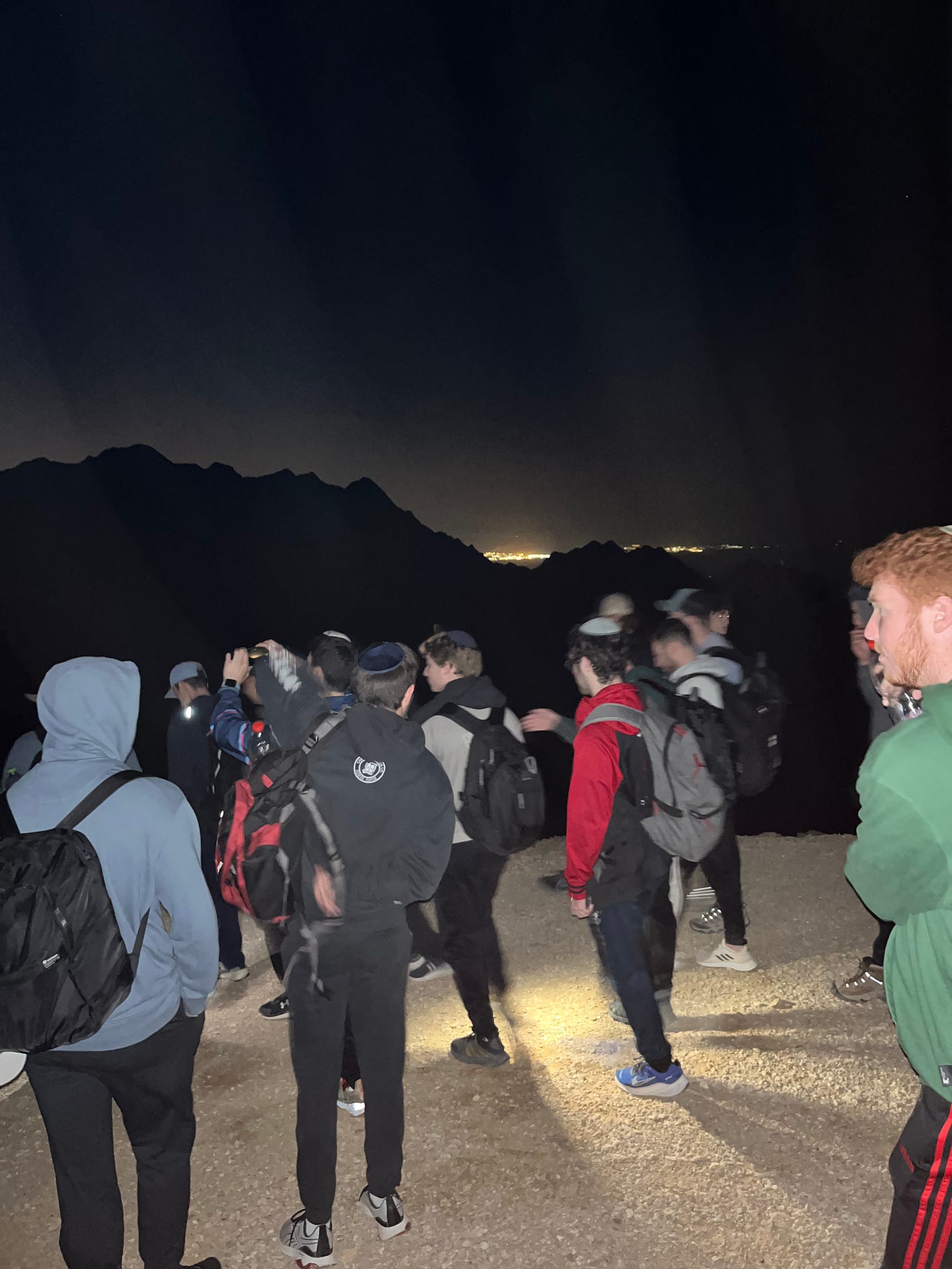
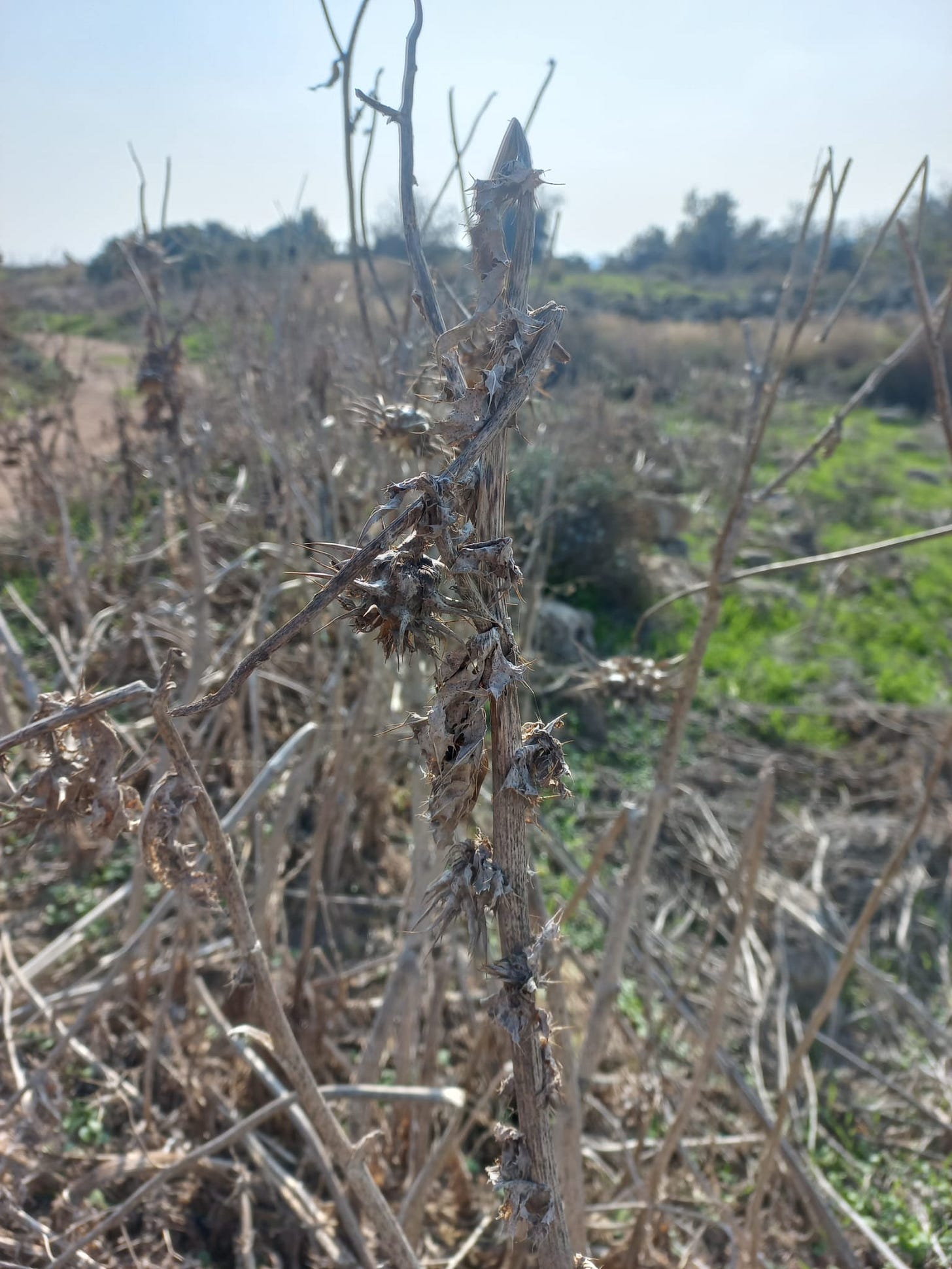
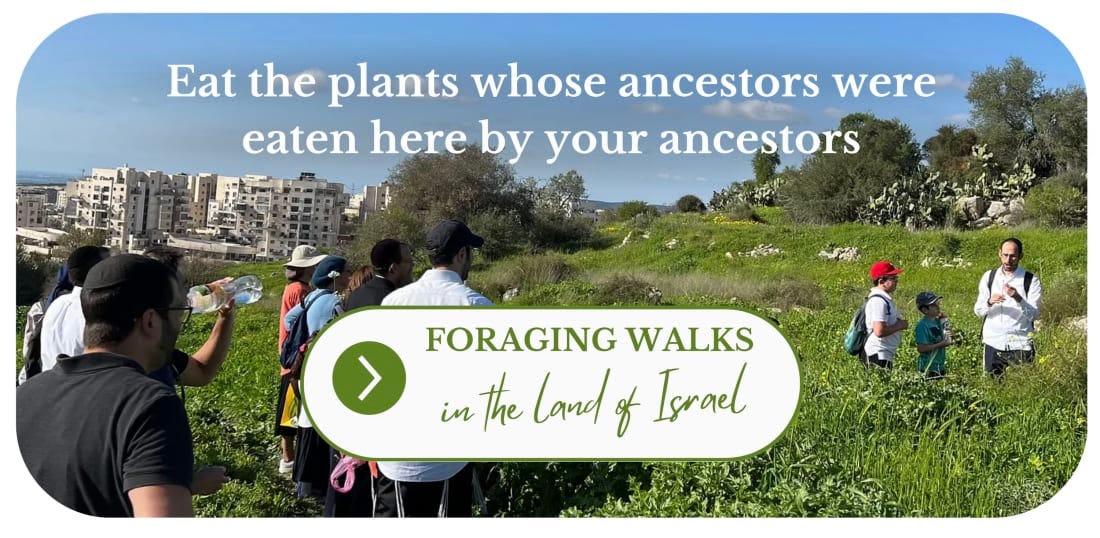
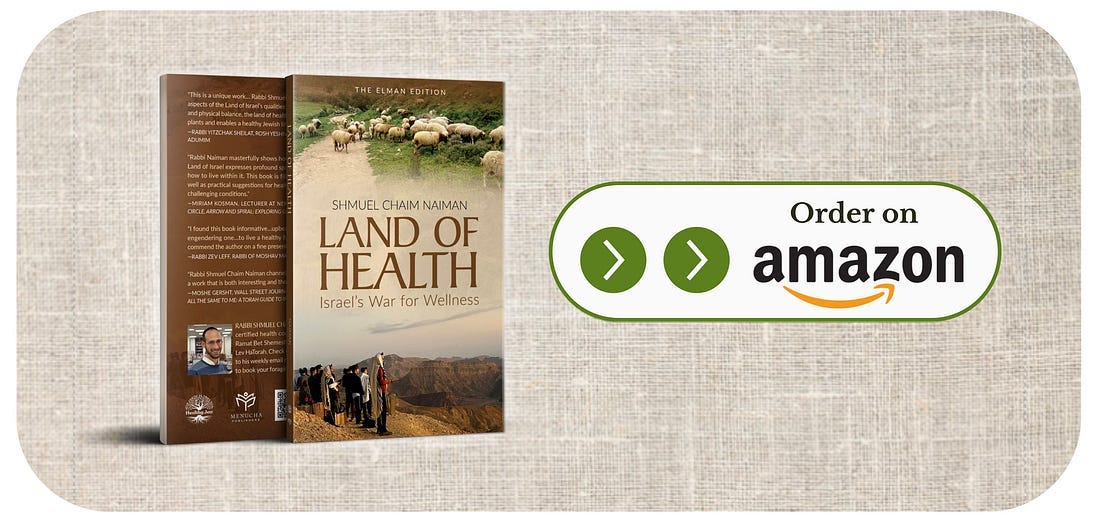



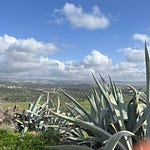
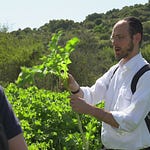
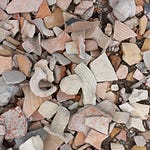
Share this post